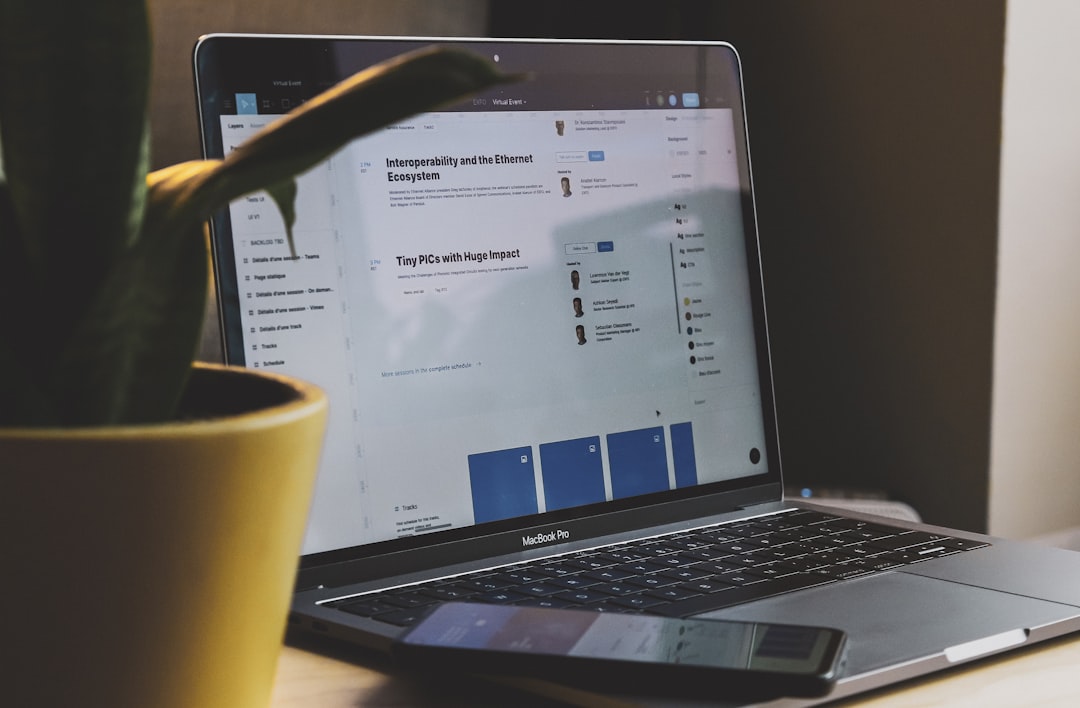E-learning has become increasingly popular in today’s digital age, offering a convenient and flexible way for individuals to acquire knowledge and skills. However, it is crucial to ensure that e-learning platforms are accessible to all learners, including those with disabilities. Accessibility in e-learning refers to the design and implementation of online courses and materials in a way that allows all individuals, regardless of their abilities, to access and participate in learning activities. This is not only a matter of inclusivity and equity but also a legal requirement in many countries around the world.
One of the key reasons why accessibility in e-learning is important is because it ensures that all individuals have equal opportunities to learn and succeed. By making online courses accessible to individuals with disabilities, such as visual impairments, hearing impairments, or mobility limitations, e-learning platforms can provide a level playing field for all learners. This means that individuals with disabilities can access the same educational resources and participate in the same learning activities as their peers, without facing any barriers or limitations. This not only promotes inclusivity but also helps to foster a more diverse and inclusive learning environment.
Another important reason why accessibility in e-learning is crucial is because it helps to comply with legal requirements. In many countries, there are laws and regulations that require educational institutions to provide accessible learning materials and technologies for individuals with disabilities. Failure to do so can result in legal action and penalties. By ensuring that e-learning platforms are accessible to all learners, educational institutions can not only avoid legal issues but also demonstrate their commitment to inclusivity and equality.
Moreover, accessibility in e-learning can also benefit individuals without disabilities. For example, individuals with slow internet connections, older devices, or limited technological skills may also face barriers when accessing online courses. By designing e-learning platforms with accessibility in mind, educators can make it easier for all learners to access and engage with the content. This can help to improve the overall user experience and increase the effectiveness of online learning.
There are various ways in which e-learning platforms can be made more accessible to individuals with disabilities. One common approach is to provide alternative formats for course materials, such as audio descriptions for videos or transcripts for audio files. This can help individuals with visual or hearing impairments to access the content more easily. Another strategy is to ensure that online courses are compatible with screen readers and other assistive technologies commonly used by individuals with disabilities. This can help to make the content more accessible and navigable for these learners.
In addition, e-learning platforms can also benefit from designing courses with clear and consistent layouts, as well as providing captions and subtitles for videos. This can help individuals with cognitive disabilities or language barriers to better understand the content. Furthermore, educational institutions can also offer support services, such as technical assistance or accessibility training, to help individuals with disabilities navigate and use the e-learning platforms effectively.
In conclusion, accessibility in e-learning is essential for promoting inclusivity, equality, and diversity in education. By ensuring that online courses and materials are accessible to all learners, educational institutions can provide equal opportunities for individuals with disabilities to learn and succeed. Moreover, accessibility in e-learning can also benefit individuals without disabilities and improve the overall user experience. Therefore, it is important for educators and instructional designers to prioritize accessibility when developing e-learning platforms and courses. By doing so, they can help to create a more inclusive and accessible learning environment for all learners.

